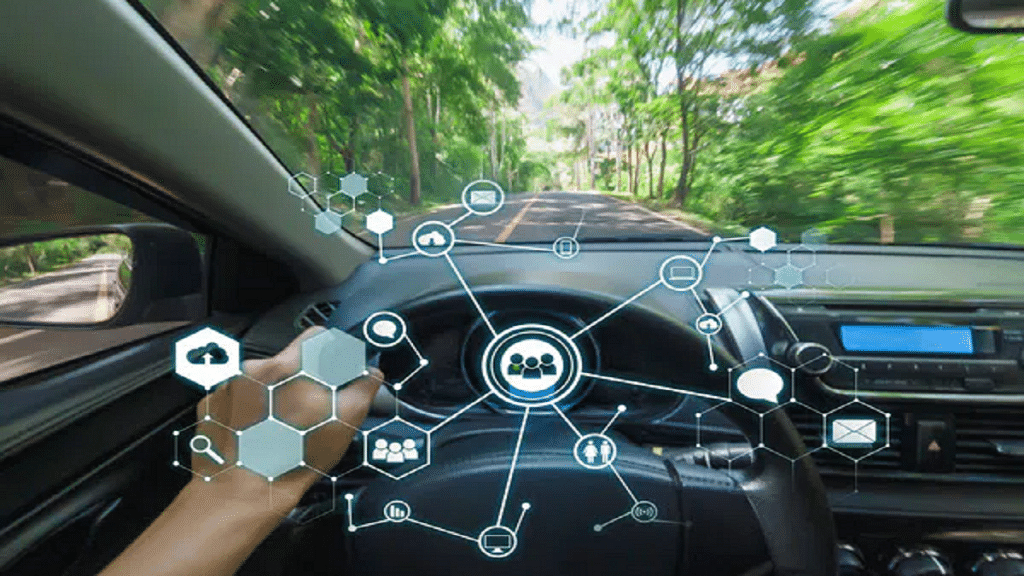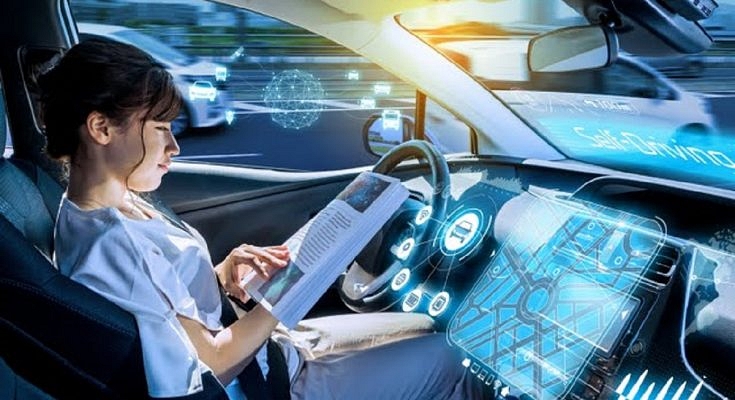Key Highlights
- Connected car market in India is poised for significant growth
- Demand for storage solutions in connected cars is rising
- Connected cars generate and process vast amounts of data
The connected car market in India is projected to reach USD 32.5 billion by 2026, according to a report by Market Data Forecast. As automotive companies focus on incorporating advanced features such as high-definition 3D maps, ADAS, autonomous computers, enhanced infotainment, over-the-air (OTA) updates, and vehicle-to-everything (V2X) technology, the demand for storage solutions is becoming increasingly significant. This article explores the expanding connected car market and emphasizes the importance of considering storage requirements right from the start. Also Read | Upgrading To Electric Cars? Top Upcoming Electric Cars Under Rs. 10 Lakh In India In 2023
The Rise Of Connected Features And Need For Storage
As the automotive industry introduces more connected features, the need for storage solutions continues to grow. Western Digital estimates that the lines of software code in cars have already surpassed those in fighter jets, laptops, and social media sites. This trend is expected to continue, transforming cars into data centers on wheels. Consequently, storage solutions cannot be an afterthought.
Storage Challenges In Connected Cars
Connected cars generate and process vast amounts of data, necessitating high-capacity storage solutions. These solutions are responsible for storing data related to vehicle performance, navigation, entertainment systems, driver behavior, and more. The rise of autonomous driving technology intensifies the demand for large storage capacities to handle the massive volumes of data generated by sensors and cameras used for real-time decision-making. To keep pace with this growing demand, suppliers and manufacturers are actively seeking innovative storage solutions.
High-End Features Requiring Significant Data Storage
Dashboard Recorders (Dashcams)
Dashcams play a vital role in providing accident information to the police and insurance companies, especially in areas with limited CCTV coverage. Continuous video recording while the vehicle is in operation results in a substantial amount of data over time.
Also Read | Google Maps Immersive View For Routes Shows Live Route Traffic, Weather, And More: How To Use?
Telematics And Over-the-Air Updates
Over-the-air updates enable software and firmware updates without physical access to the vehicle. This includes updates to infotainment systems, navigation systems, and other electronic components.
Vehicle-to-Vehicle (V2V) and Vehicle-to-Infrastructure (V2I) Communications
V2V and V2I communications are essential for autonomous driving, ensuring accident prevention and safe driving. The data generated by these communications can be substantial, particularly in high-traffic areas with numerous vehicles transmitting data simultaneously.
Navigation And Infotainment Features
Modern navigation and infotainment systems offer extensive control over mobile communications, vehicle setup, and 3D navigation. These advanced features require significant storage capacity to cache and buffer data.
Addressing Storage Challenges

As cars adapt to evolving infrastructures, they require more storage to support both in-car and external applications. The evolution of storage solutions is crucial in ensuring the proper functioning of a vehicle’s dashboard and safety systems, regardless of extreme weather, climate, or road surface conditions. Moreover, different types of data in connected cars have varying retention periods, ranging from brief periods to days, months, or even years. Therefore, it is essential to consider various storage interfaces, performance levels, and endurance levels, including removable SDTM cards and BGA packaged e.MMC, UFS, and NVMeTM drives. In conclusion, storage solutions must be given proper consideration rather than being an afterthought.
Also Read | Lost Your Car Keys? Here’s How To Make Your Smartphone A Digital Car Key And Lock, Unlock, Start Your Car
